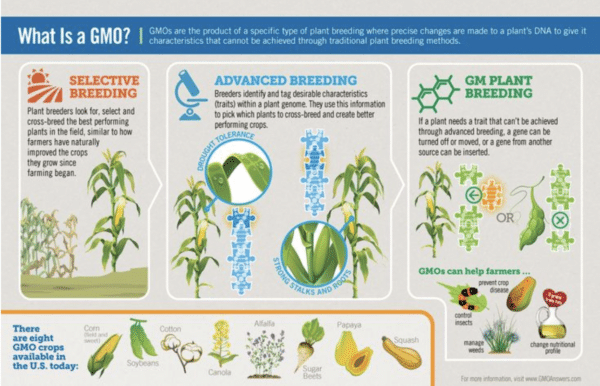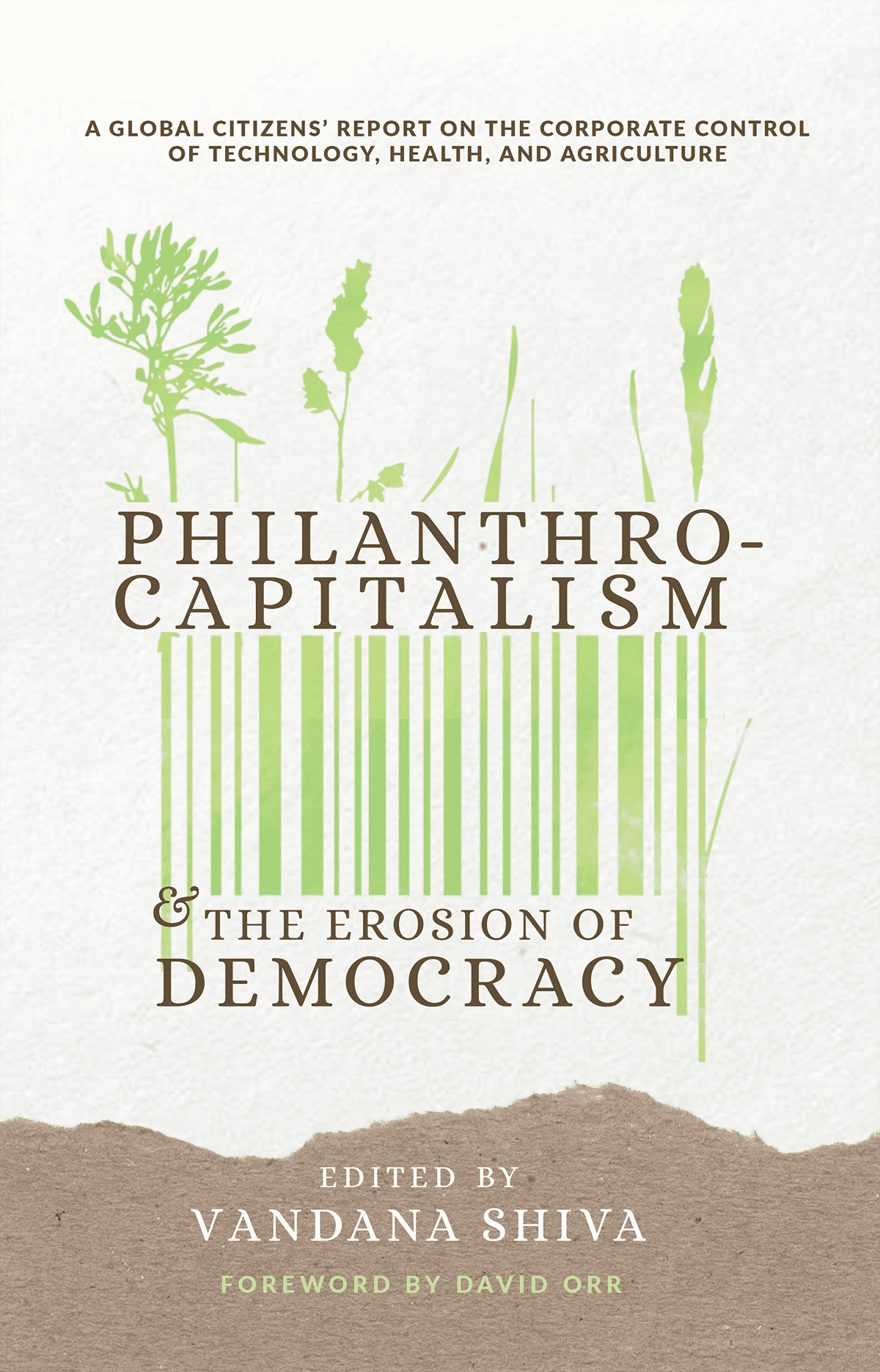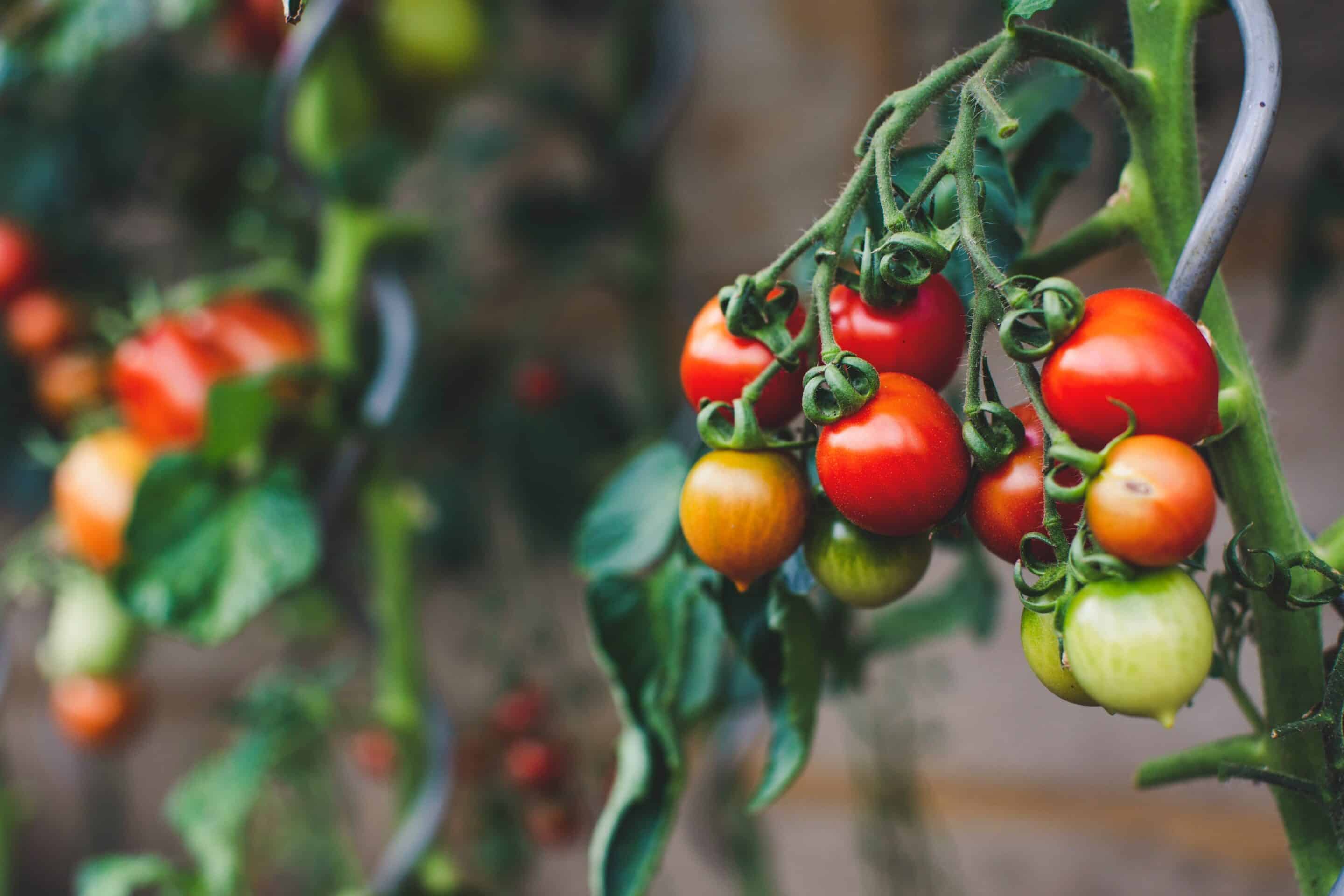What are GMOs and are they good or bad?
A brief search on the internet for terms like “GMOs” or “Monsanto” will present you with a multitude of conflicting information. Navigating through this sea of opinions and facts can make it challenging to discern the true impact of GMOs on our food, health, and environment.
In this article, we will begin by providing a clear definition of genetically modified organisms (GMOs), followed by an exploration of the benefits attributed to GMOs by their advocates. Subsequently, we will delve into the potential negative health and environmental effects associated with these modified foods, drawing insights from esteemed scientists such as Vandana Shiva.
The Pros of GMOs:
Listening to a passionate and persuasive Ted Talk by plant geneticist Pamela Ronald, I was able to get a good understanding of what a GMO actually is.
According to Pamela:
- GMOs have been used since ancient times!
- The technology has now been perfected for the past two decades and proven to be the most viable source for safety and frugality
- They “nourish children around the planet”
The Genetic Literacy Project supports these confident statements made by Pamela.
They add that GMOs:
- have economic and health benefits at the farm level, particularly for smallholder farmers in developing countries
- reduce the environmental impact of herbicides and pesticides
- create a reduced-impact tilling system for farmers
According to the above, the technology has societal, health, and environmental benefits.
However, my exploration into the subject revealed a substantial volume of information that challenges the use of genetically modified crops. In her book Philanthrocapitalism & the Erosion of Democracy, Vandana Shiva boldly asserts, “Gene editing is a failed technology. It has been proven to be a failure due to its inherent inexactness and unpredictability.” This thought-provoking statement brings into question the efficacy and reliability of gene editing techniques employed in genetic modification.
The Cons of GMOs:
“Food has been genetically modified since ancient times.”
Below is an educational graph from GMO Answers that differentiates between selective breeding (an ancient agriculture practice) versus genetically modified breeding.

To gain a comprehensive understanding, it is essential to recognize that GMOs involve the splicing of genes from one organism and inserting them into another. This process aims to confer desired traits from one organism into another. The genes employed in genetic modification can originate from diverse sources, including bacteria, viruses, fish, pigs, or even spiders, and are introduced into crops like tomatoes, papaya, and rice. While Pamela draws parallels between grafting and selective breeding techniques and current GMOs in her TED Talk, it is crucial to note that these ancient practices are nothing like the complete transgenic alteration she is referring to.
Feeding the Growing Population
One of the biggest claims of this new technology is the ability to feed the global population based on a debunked myth; there is not enough food being produced currently to feed the global population. A study by the renowned McGill College reported there is enough food being produced today to feed ten billion people. However, access to this food is not currently possible in many countries in the global South because of systemic and economic issues.
According to Vandana Shiva, in her book Philanthrocapitalism & the Erosion of Democracy, “The United Nation’s International Assessment of Agriculture Knowledge, Science, and Technology for Development (IAASTD) seminal report showed that neither the Green Revolution nor GMOs could feed the world while at the same time protecting the planet.”
She continues, “There is mounting evidence showing that industrially grown and processed foods contribute significantly to a chronic disease epidemic we are now witnessing everywhere.”
According to sources like Vandana and others, genetic modification, industrial farming, and chemical usage not only reflect a failed solution to food resiliency but it is also a hazard to our health and planetary well-being.
One of the concerning aspects is their support of monoculture farming practices, which significantly diminish the biodiversity of species within agricultural ecosystems. The importance of maintaining a diverse range of fauna and flora cannot be overstated, as it plays a crucial role in fostering resilient ecosystems. A rich variety of species helps safeguard against disease outbreaks, promotes longevity, and enhances the overall nutrient balance within local ecologies. Therefore, relying solely on GMOs neglects the fundamental need for a more sustainable and diverse approach to agriculture.
Genetically modified foods, although touted as a solution, fall short of addressing the fundamental inefficiencies inherent in our current agricultural model. As we find ourselves grappling with the urgent crisis of climate change, the pertinent questions raised by GMOs about nourishing a growing global population and mitigating environmental degradation require thoughtful consideration. However, the methods employed in GMO production are not viable or sustainable in the long run. It is crucial for us to shift our focus towards comprehending the root causes of climate change and dispelling myths surrounding food production and allocation. Only by doing so can we embark on a path that leads us to a future where food security is ensured for all.
Check out Vandana Shiva’s books Philanthrocapitalism & the Erosion of Democracy and Agroecology & Regenerative Agriculture to learn methods of ecologically based food resiliency using indigenous techniques.

“In Philanthrocapitalism and the Erosion of Democracy, Dr. Shiva has once again laid bare the emerging threats to our democracy and living planet. Shiva states a compelling case that the digital barons are the new landlords, wielding their unregulated wealth and evading democracy in an attempted takeover of global agriculture. Authoritative contributors further elucidate the dangers of genetic theft, protraction of the Green Revolution legacy, and terrifyingly bold genetic extinction technologies. The reader is left mortified and fully convinced that "Land Back" to Indigenous communities and a return to agroecology is the path to a livable future on planet earth.” 一 Leah Penniman, Co-Founder of Soul Fire Farm, author of Farming While Black
